Introduction: The Daily Ritual of the Kalimalang Commuter
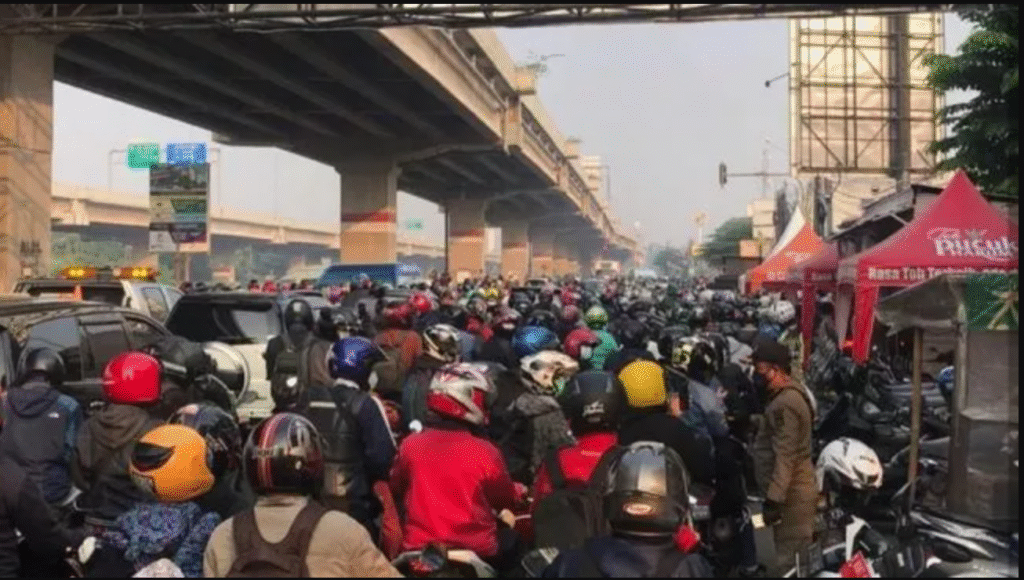
To the uninitiated, Kalimalang is merely a name on a map, a stretch of road in East Jakarta. To its daily patrons, however, it is a living entity, a sentient being with a diabolical sense of humor and a PhD in chaos theory. It is a daily crucible, a rite of passage that forges the very character of every soul brave enough to commute between Bekasi and the capital. To understand Kalimalang is to understand the beautiful, maddening symphony of a thousand synchronized horns, the shimmering heat haze thick with exhaust fumes, and the ballet of motorcyclists who move in ways that defy not only the laws of traffic but also the known laws of physics. This is not just a traffic jam; it is a cultural institution. And like any great institution, it has a history—a long, winding, and deeply ironic story of how a simple ditch became a multi-layered monument to urban ambition and gridlock.
Chapter 1: The Age of Innocence (Or, When It Was Just a Ditch)
The Utopian Dream
Believe it or not, there was a time when Kalimalang was a symbol of hope. Born in the 1960s during the Soekarno era, its purpose was refreshingly noble. It was conceived as a 20-kilometer artificial canal, a man-made artery designed to pump life-giving water from the Waduk Jatiluhur in Karawang into the parched lands of Jakarta and Bekasi, where the local water was notoriously unfit for consumption. Officially known as the Saluran Induk Irigasi Tarum Barat (West Tarum Main Irrigation Channel), its mission was twofold: to provide clean drinking water for the burgeoning population and to irrigate the vast rice paddies that once defined the region. In those early days, it was a lifeline, a testament to post-colonial ambition and engineering.
A Name of Prophecy
The name “Kalimalang” itself seems to have been an act of unintentional prophecy. In Javanese, a kali is a river, and malang means transverse, askew, or obstructing. The canal was so named because its east-to-west path ran perpendicular to the natural, north-south flow of the region’s rivers, which travel from the mountains to the sea. It was a name rooted in simple geography, yet it would come to perfectly encapsulate the “askew” logic that would govern its future. The traffic patterns would become askew, with drivers routinely ignoring the intended flow. The urban planning “solutions” would yield askew results, often worsening the very problems they were meant to solve. The name was the first joke in a long-running tragicomedy, a hint that this particular waterway was always destined to go against the grain.
From Life-Giver to Soul-Crusher
The transformation from a pastoral support system to an urban necessity marked the end of Kalimalang’s innocence. Initially, its function was heavily weighted towards agriculture, with an estimated 65% of its flow dedicated to irrigation and only 35% to providing drinking water for the Perusahaan Daerah Air Minum (PDAM). But as the landscape changed, so did its purpose. The rice paddies and fish ponds that once flanked the canal were devoured by residential and industrial development. Consequently, the canal’s role inverted. Its primary function shifted to supplying the ever-growing thirst of the metropolis, with 70% of its water allocated to PDAM and a mere 30% left for the dwindling farmlands. This fundamental shift signaled that Kalimalang was no longer serving the countryside; it was now a servant to the city, setting the stage for its next, more congested, chapter.
Chapter 2: The Great Mangkrak and the Prophecy of the Flyover
The Birth of a Monster (on Paper)\
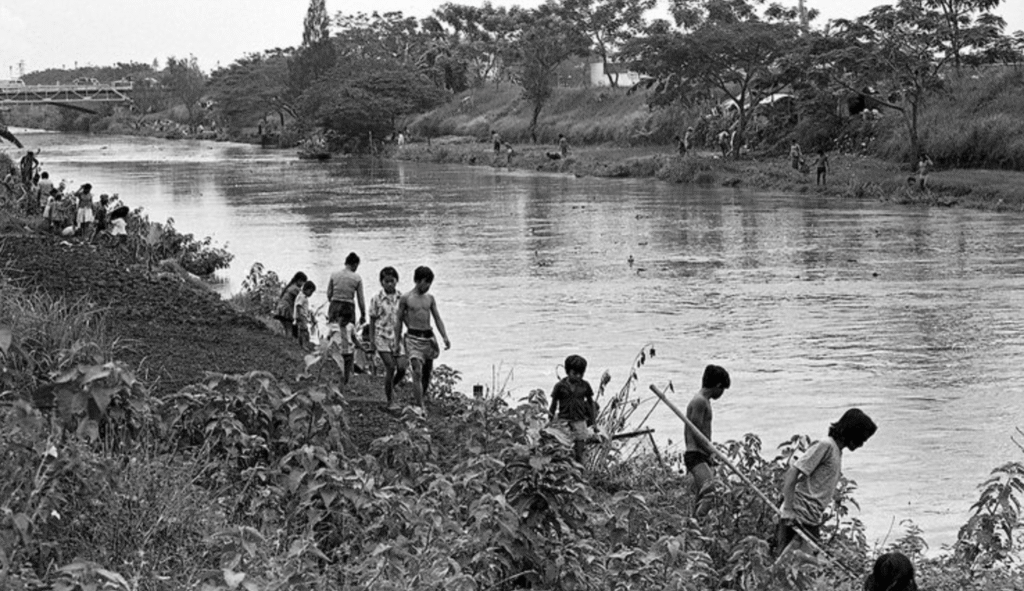
By the mid-1990s, the arterial road running alongside the canal had become a victim of its own success, choked with the daily migration of commuters. A grand solution was envisioned during the Soeharto era: the Bekasi-Cawang-Kampung Melayu (Becakayu) elevated toll road. First proposed in 1995 and initiated in 1996, it was a prophecy of salvation cast in concrete. The first pylons began to rise from the banks of Kalimalang, promising a future free from the gridlock below. For the long-suffering commuters, these concrete stumps were monuments to a smoother, faster tomorrow.
The Long Nap (1998-2014)
The dream was short-lived. The 1998 Asian Financial Crisis swept through Indonesia, and the Becakayu project was one of its many casualties. Construction ground to a halt, initiating a period of dormancy so profound it earned the legendary status of “The Great Mangkrak” (The Great Stagnation). For somewhere between 16 to 22 years, depending on which historical account one consults, the half-finished pillars stood as silent, skeletal ruins. They became an accepted, almost natural, feature of the landscape—a post-apocalyptic Stonehenge for the modern commuter, a daily reminder of a future that never arrived.
The Rude Awakening

Then, in 2014, the sleeping giant was awoken. The project was spectacularly resurrected under the administration of President Joko Widodo, who made its completion a priority. However, this was not a simple continuation; it was a messy archaeological excavation. The world that existed in 1996 was gone. The long pause was not a benign period of rest; it was an incubation period for chaos. In the absence of formal development, a different kind of development had festered. The open spaces and farmlands that were supposed to be the project’s footprint had been consumed by decades of uncontrolled, organic urbanization. Illegal settlements (
bangunan liar) had sprouted along the canal’s inspection roads, which were meant to be clear thoroughfares. When the project was revived, engineers and construction crews were not just building a road; they were performing urban surgery, navigating a dense and complex reality that bore no resemblance to the original blueprints. This required massive and contentious land acquisition and demolition campaigns. The ultimate proof of this new, complicated reality came in the form of a darkly comedic twist: the house of the very man in charge of the nation’s infrastructure, Minister of Public Works and Housing (PUPR) Basuki Hadimuljono, was itself slated for demolition to make way for the project he was overseeing. The delay had not just postponed the solution; it had actively cultivated a far more difficult and painful problem.
Chapter 3: The Becakayu Apocalypse: A Survivor’s Tale (2015-2022)
Welcome to Hell
If the mangkrak was a long, quiet slumber, the revival of the Becakayu project was a deafening, violent awakening. For the residents and commuters of Kalimalang, the years of construction from roughly 2015 to 2022 were nothing short of apocalyptic. The word neraka (hell) was frequently invoked to describe the daily experience. The promise of future relief was paid for with present-day suffering, as the construction effort unleashed a plague of disruptions that transformed the already-congested corridor into a full-blown nightmare. Lane closures, sudden detours, and constant re-routing became the norm, turning a predictable jam into an unpredictable gauntlet of misery.
A Symphony of Suffering
Life during the Becakayu construction was a multi-sensory assault. Residents endured a daily barrage of noise from heavy machinery, choking dust that coated every surface, and constant vibrations from piling work that literally caused cracks to appear in the walls and floors of their homes. The fear of accidents was a constant companion, a fear that was tragically realized in February 2018 when a pier head mold collapsed, injuring several workers and sending a shockwave of anxiety through the community.
The shared trauma of this period forged a unique and resilient cultural identity. Surviving the daily commute became a badge of honor, a miserable achievement that bonded strangers in a fellowship of suffering. The project itself became a common enemy, and the litany of its failures became the stuff of local legend. The most famous of these tales is the “air terjun dadakan” (sudden waterfall) incident of November 2019. Following a heavy downpour, a section of the newly constructed overpass began leaking profusely, creating a cascade of water that showered the hapless motorists on the road below—a perfect, and widely circulated, metaphor for the project’s troubled and messy execution.
The LRT Double-Down
As if one generation-defining infrastructure project wasn’t enough to torment a single populace, the government decided to double down. Construction of the LRT Jabodebek system began along a similar corridor, adding another layer of construction chaos to the mix. This second project compounded the misery, with its own land acquisition, loss of green space, and construction-related disruptions like noise, dust, and further traffic snarls. The ultimate symbol of this era of overlapping torment was the fact that the house of Minister Basuki Hadimuljono, the man whose job it was to build these projects, was demolished to make way for them—a fact he acknowledged with a wry sense of humor. It was the ultimate proof that the Becakayu Apocalypse was an equal-opportunity tormentor, a force of nature that spared no one, from the humble street vendor to the highest halls of government.
Chapter 4: The Laws of the Kalimalang Jungle
The years of construction hell did more than just build a road; they forged a new culture. Faced with institutional chaos, the commuters of Kalimalang developed their own system of order—a complex, unwritten constitution based on principles of aggressive individualism and survival of the boldest. This is not simply “bad driving”; it is an emergent social contract, a set of norms that govern the Kalimalang jungle.
Sub-section: The Sidewalk Is Lava (Except When It’s a Shortcut)
In the Kalimalang ecosystem, the sidewalk is a fluid concept. While nominally for pedestrians, during peak traffic it undergoes a magical transformation into a personal express lane for any motorcyclist who has lost the will to remain stationary. This has led to the truly surreal spectacle of bikers becoming enraged at pedestrians for the crime of
walking on the sidewalk, a perfect inversion of logic that captures the area’s spirit. The ultimate monument to this absurdity was the infamous “trotoar di tengah jalan” (sidewalk in the middle of the road), a bizarre and hazardous strip of pavement left stranded between lanes of traffic as a byproduct of the Becakayu construction, which was eventually slated for removal after public outcry.
Sub-section: The Art of the ‘Lawan Arah’
The most defining feature of the Kalimalang driving culture is the art of the lawan arah—driving against the flow of traffic. This is not an occasional transgression committed by a rogue motorist. It is a daily, mass-participation event, a collective strategy employed by hordes of motorcyclists to bypass congestion. This occurs in full view of law enforcement, who occasionally crack down with mobile ETLE (Electronic Traffic Law Enforcement) units, capturing dozens of violators at a time in a digital dragnet. Yet, the practice persists, an enduring testament to the belief that the rules of the road are merely suggestions, easily overridden by personal urgency.
The State of ‘Kesemrawutan’
The overall condition of the road is best described by the untranslatable but perfectly understood Indonesian word kesemrawutan—a state of utter, tangled chaos. Even after road-widening projects and the opening of the toll road, the lack of supporting infrastructure, inconsistent enforcement, and sheer volume of vehicles mean that the chaos often returns in new and interesting forms. The unwritten rules that govern this chaos can be codified.
Chapter 5: The Aftermath – Did the Cure Work?
The Great Stratification
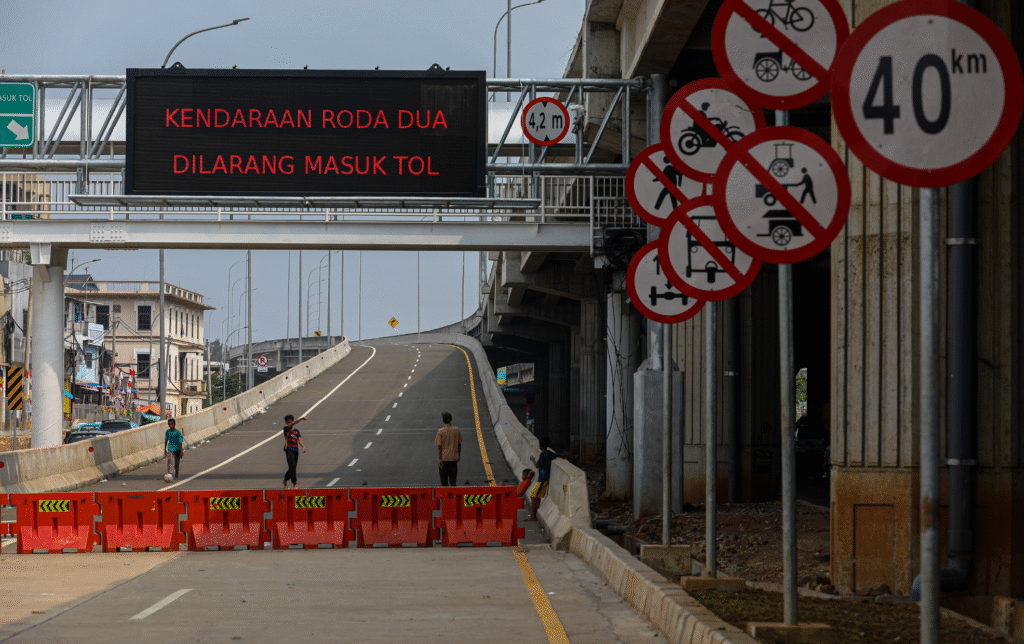
The grand opening of the Becakayu toll road in November 2017 was hailed as the long-awaited cure, the “pemecah kemacetan” (congestion breaker) that would finally bring order to the chaos. For those willing and able to pay the toll (initially set at Rp 14,000 for Group 1 vehicles), it was nothing short of a miracle. A journey that could take up to two hours during peak times was suddenly reduced to a breezy 30 minutes. However, the solution did not eliminate the jam; it stratified it. The Becakayu created a two-tiered traffic system: a fast, expensive expressway in the sky for the middle class, and the same old gridlock on the ground for everyone else. The cure was not universal.
Induced Demand in Action
The project also became a textbook case of induced demand, a paradox well-known to urban planners. Experts had warned that simply adding more road capacity without addressing the root causes of traffic would only encourage more people to use private vehicles, eventually leading to renewed congestion. This prediction proved accurate. While the elevated tollway siphoned off some traffic, the arterial roads below remained choked, especially as new developments sprung up, attracted by the improved access. The continued need for traffic management schemes like odd-even policies and constant re-routing on the surface streets demonstrated that the fundamental problem had not been solved. The new road, in a way, fed the disease it was meant to cure.
The LRT: Another Layer Cake of Solutions
The next great hope was the LRT Jabodebek, a mass transit solution running along a similar corridor. While a step in the right direction away from car-centric planning, it came with its own baggage. The construction phase added years of misery to the Becakayu apocalypse. Since its launch, the service has been plagued by a litany of complaints, from jerky braking and doors deemed too low for the average Indonesian, to rapid wheel wear and frequent service disruptions. While the LRT has undeniably provided a valuable public transit alternative and has even caused property values along its route to spike, its overall impact on the sheer volume of vehicles on Kalimalang’s roads is still a matter of debate.
The data tells a story of partial success and persistent problems. By late 2022, the Becakayu toll road was serving over 35,000 vehicles per day, a significant volume. Yet, during peak periods like the annual
mudik exodus, traffic volume on the surface-level Kalimalang road still swells by 15% to 40%, indicating that the underlying congestion remains a powerful force. The jam persists, now with more layers and more expensive options.
Conclusion: An Ode to the Jam
The decades-long saga to “fix” Kalimalang reveals a truth more profound than traffic engineering. It showcases a philosophy of urban planning that has consistently treated congestion not as a symptom of deeper issues—like a lack of effective mass transit or sensible land-use planning—but as a problem to be solved by building more roads for more cars. The Becakayu toll road, a project that took over two decades and caused immeasurable disruption, was not a cure, but an expensive treatment. The subsequent LRT, while a move toward mass transit, was layered on top of a system already fundamentally designed around the private vehicle. Each “solution” has been a symptom of the same underlying condition.
Kalimalang has evolved from a simple canal into a complex, multi-level, multi-modal transportation corridor of asphalt, concrete, and steel. Yet, its soul remains unchanged. Its core identity, its very essence, is macet. The traffic jam is not a temporary problem to be solved, but an enduring, fundamental feature of the landscape. It is a shared trauma, a daily test of sanity, and a powerful, if perverse, source of communal identity and dark humor. The infrastructure has been elevated, widened, and modernized, but the spirit of the Kalimalang jam is eternal. It has simply been given more levels on which to play.


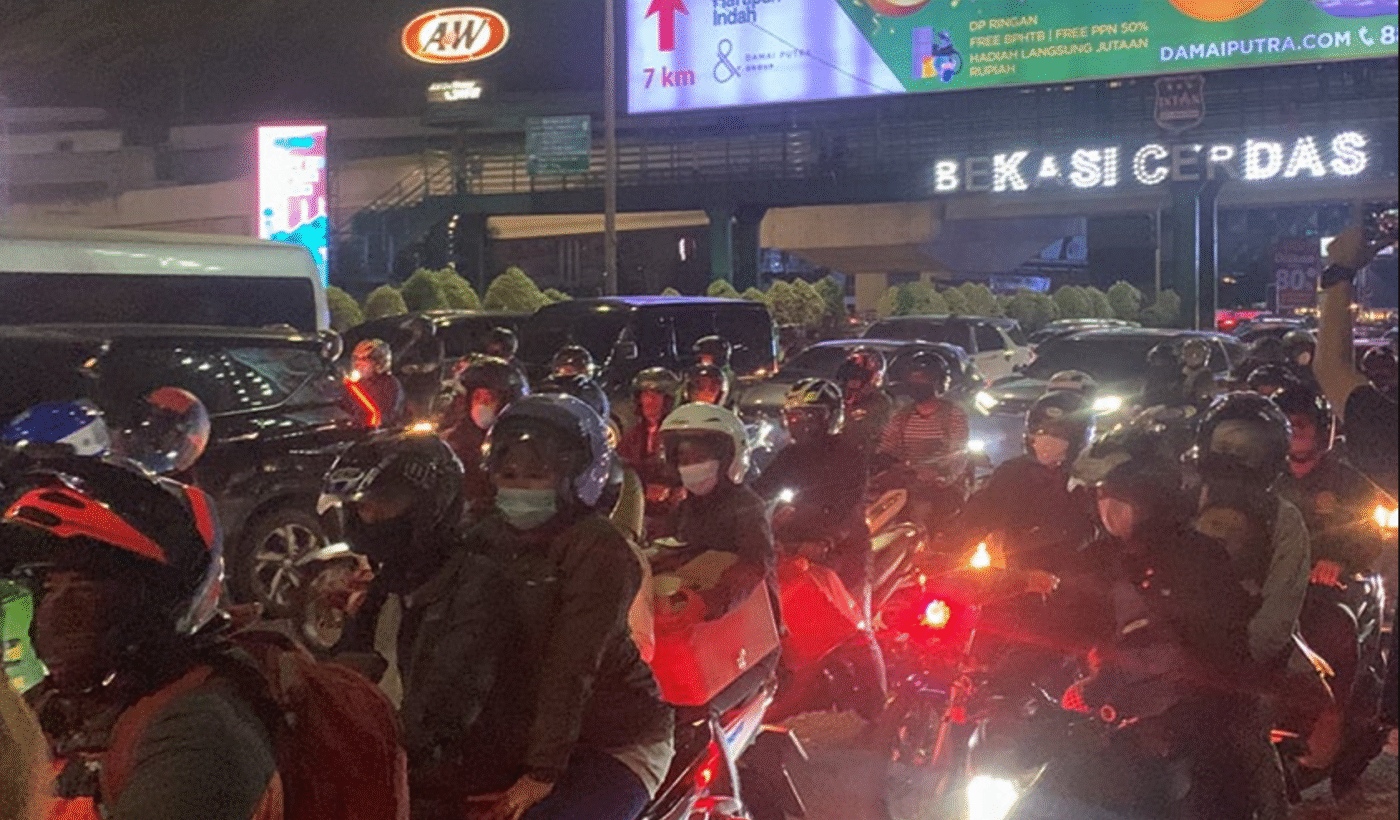



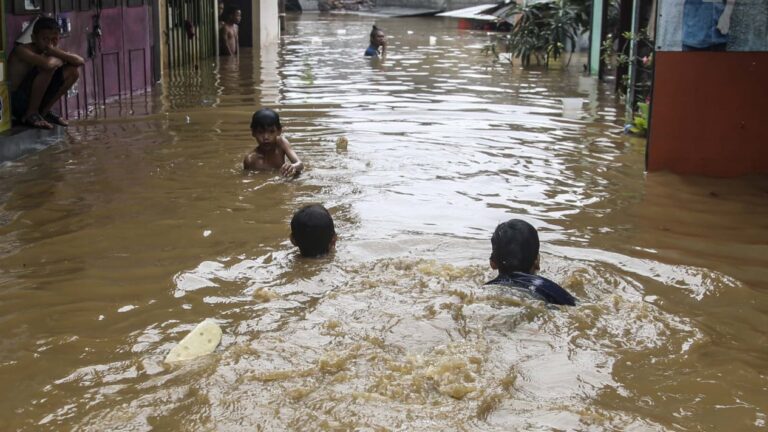
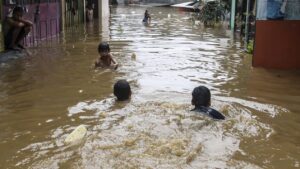
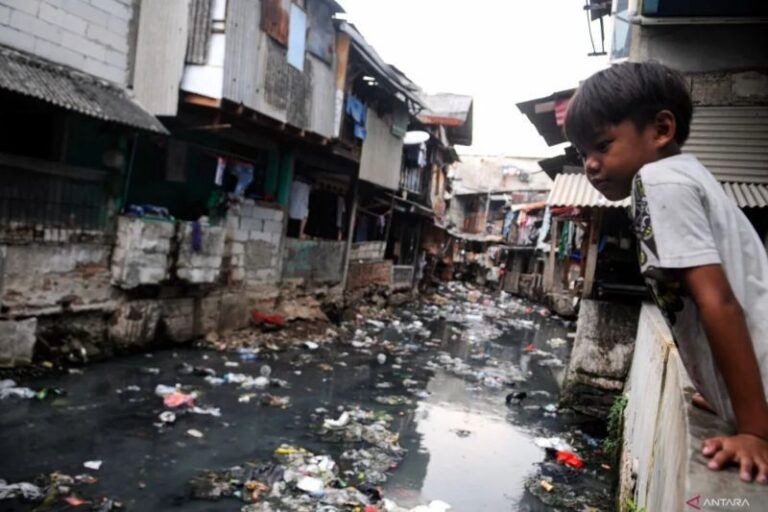
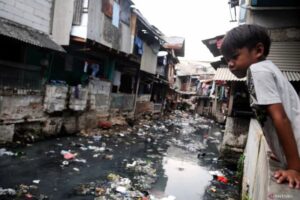
Leave a Comment